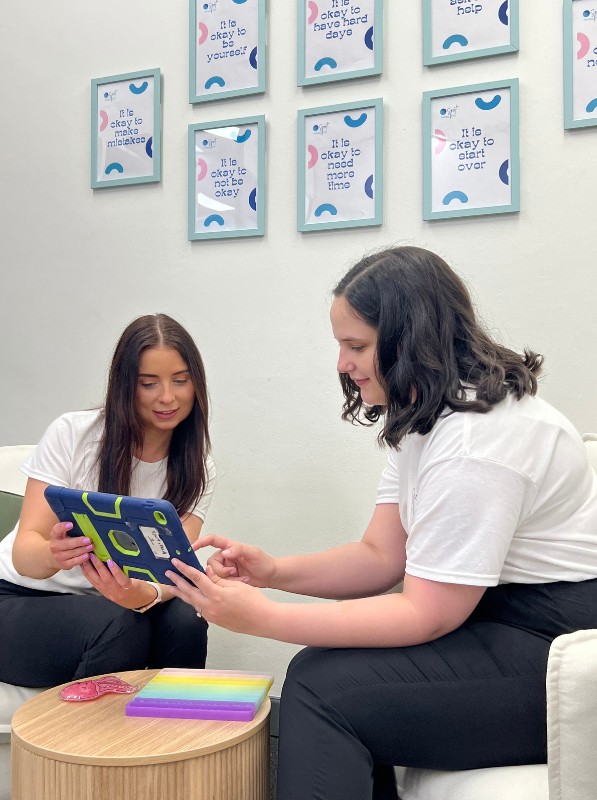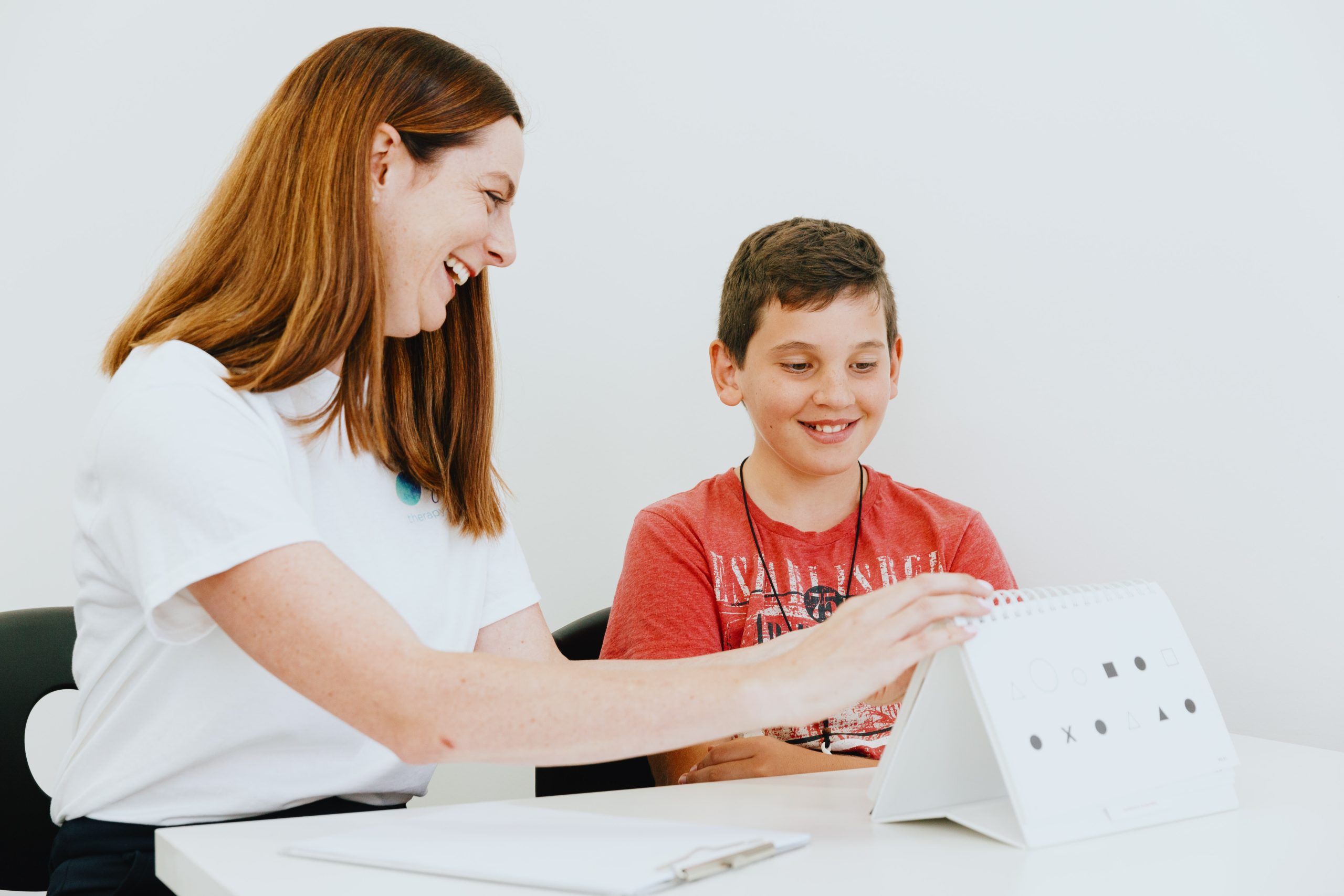


When you’re on the path to therapy, one of the pivotal decisions to make is determining how often you should have sessions. This decision is highly individualised and hinges on factors like an individual’s personal goals, and practical considerations like logistics, time and finances. Let’s explore these elements to empower you to make an informed and affirming choice in crafting your therapeutic plan.



In many families, therapy can appear as yet another appointment to slot into an already bustling daily routine. When evaluating the frequency of therapy sessions, it can be insightful to draw a parallel with an activity that resonates with most Australian families – swimming lessons. Learning to swim is not only a safety imperative but also enhances the quality of life, offering opportunities for social interaction and enjoyment. Typically, children start weekly swimming classes during their pre-school years, and proficiency is often achieved by Year 1. That’s approximately three years of consistent, weekly lessons.
That’s approximately three years of consistent, weekly lessons.
Now, let’s envision a neurodiverse child with specific vulnerabilities, which may encompass challenges related to motor coordination, attention, muscle tone, sensory processing, anxiety, or language delays, making it harder for them to comprehend instructions. For these children, maintaining a regular, weekly therapy schedule is pivotal. They may also benefit from more intensive holiday programs, recognizing that the path to reaching their goals may take a bit longer but is no less valuable.
Consider the invaluable outcomes that children can attain through therapy, especially when guided by Speech Pathologists and Occupational Therapists. These professionals empower individuals to exercise their fundamental human rights: the ability to communicate, make choices autonomously, socialise, and cultivate rewarding careers. Additionally, therapy addresses essential aspects of life, such as feeding, which goes beyond mere sustenance and is deeply ingrained in our social fabric. The gains from therapy resonate throughout every facet of a child’s existence, allowing them to access and embrace life with increased satisfaction and success.
Given the dedication it takes for children to become proficient swimmers with weekly lessons over several years, it only seems rational to invest an equal or even greater amount of time and effort in therapy. It’s crucial to acknowledge that therapy isn’t about acquiring a new skill for the sheer enjoyment of it, akin to learning tennis; rather, it’s about addressing areas of difficulty, and mastery in these areas naturally necessitates more time. Therefore, expecting rapid progress with minimal effort is not a reasonable perspective.
Naturally, there are practical constraints that families must weigh, including time, logistics, and budget. It is essential to engage in open dialogue with your therapist to formulate a pragmatic therapy plan for your neurodiverse child. While NDIS participants often have good access to therapy funding, there are many who do not qualify for this scheme and may not receive community health support. For instance, individuals with isolated handwriting difficulties or specific speech sound errors, like a lisp, might find themselves in this category. In such cases, a Chronic Disease Management Plan (CDMP) from your GP can provide a partial rebate for up to five therapy sessions per year. However, it’s vital to realize that these five sessions alone may not suffice to achieve your therapy goals. Understanding these limitations allows you to maximize therapy outcomes with limited resources. Your therapist might propose an intense five-week plan or monthly sessions, tailored to your child’s needs.
If your therapist suggests fortnightly sessions, it’s advisable to inquire about the reasoning behind this choice. A child receiving only one hour of therapy every fortnight is accessing a mere five hours of therapy in a typical school term, which might not be adequate for making substantial progress. There can be exceptions, of course. In certain situations, a therapist might recommend fortnightly sessions for very young children with minor language delays, focusing on parent training as an optimal approach. Alternatively, a child in a maintenance phase may benefit from a fortnightly schedule. These decisions should always be made in close collaboration with your therapist.
Lastly, it’s essential to recognise that therapists are dedicated to fostering clients’ independence and growth. The ultimate triumph is discharging a client with all their therapy objectives fulfilled. When you commit to therapy, rest assured that we are committed to providing a therapy schedule that truly serves your needs, not dictated by our calendars.
In summary, the key takeaway is to establish realistic expectations from the outset, considering physical, financial, and logistical aspects. Therapy is not merely another item on the schedule; it is a profound investment in acquiring lifelong and indispensable skills. Arm yourself with knowledge and make the choices that best resonate with your unique situation.